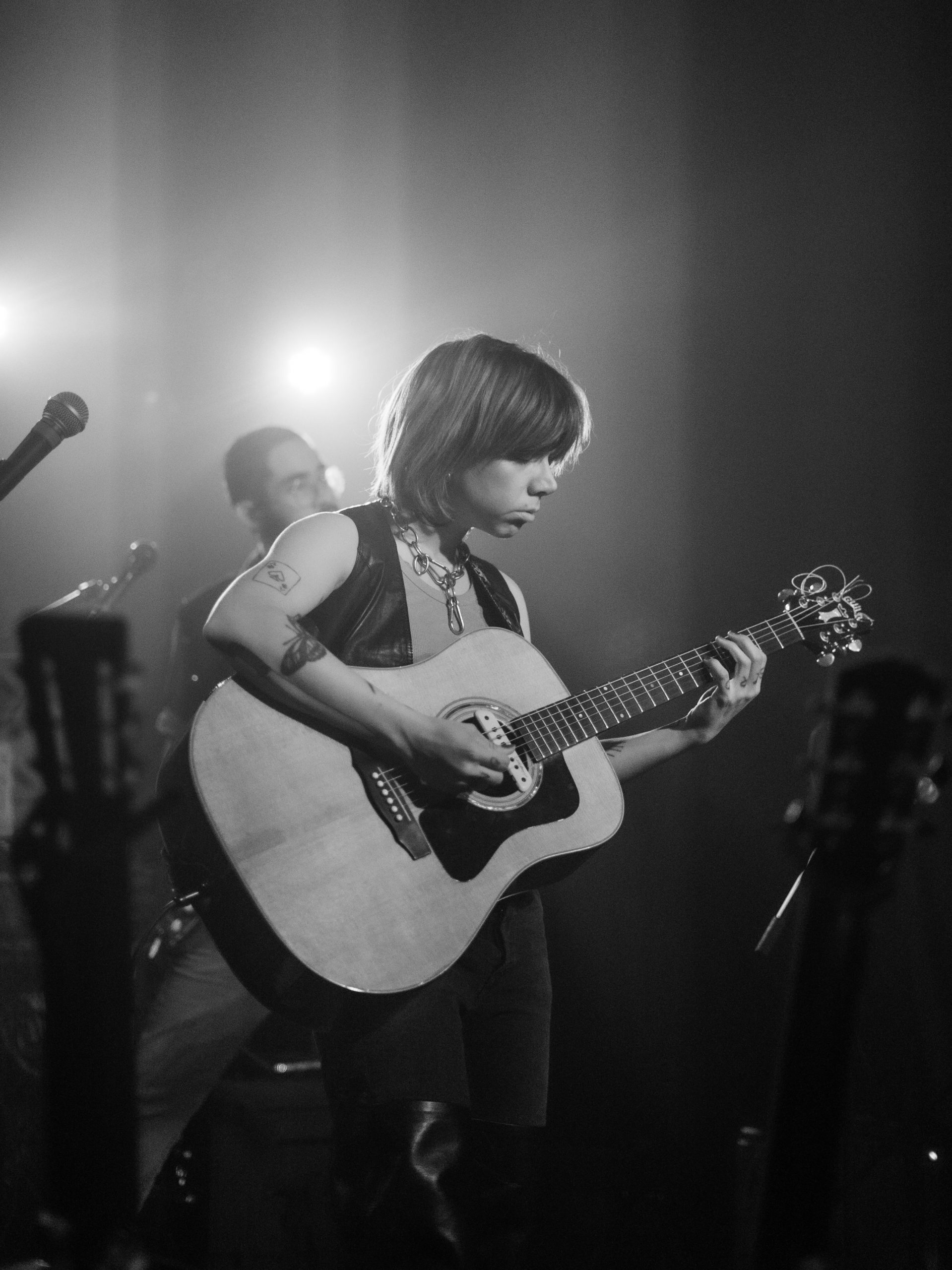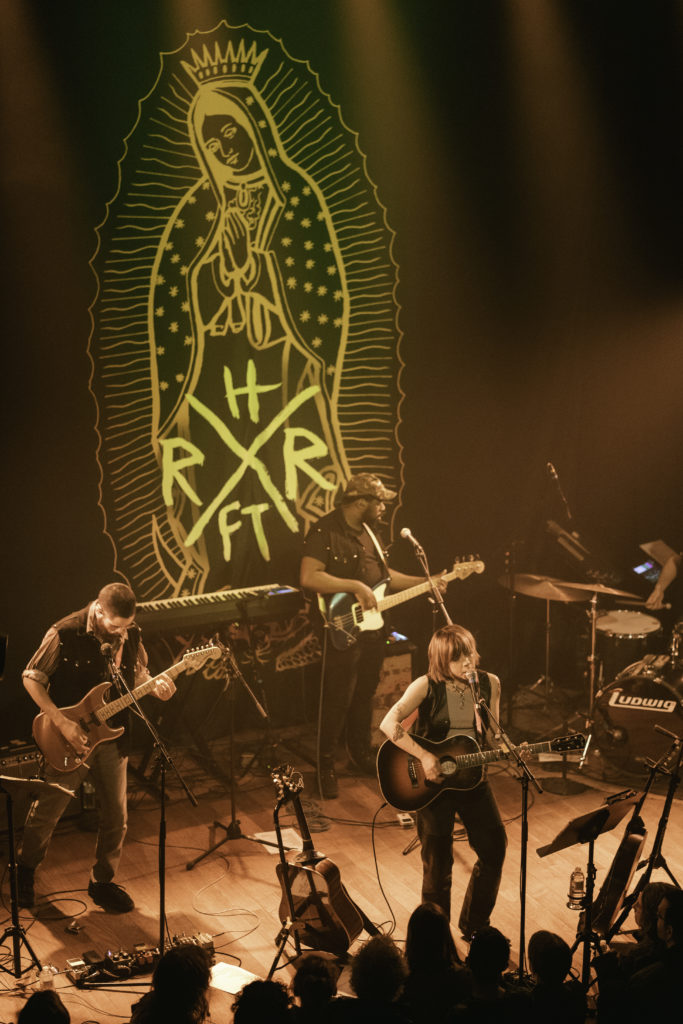@colekincart
Last Thursday night, Lincoln Hall welcomed Hurray for the Riff Raff alongside NNAMDÏ for a deeply memorable performance celebrating the release of their ninth studio album, “The Past Is Still Alive.” Having immersed myself in the album’s sonic escapades over the past few weeks, the significance of its release immediately stood out. Garnering immediate critical acclaim, including a spot on Pitchfork’s “Best New Music” list, the album boasts contributions from notable figures such as Bright Eyes’ Conor Oberst and Mike Mogis, and indie phenomenon Brad Cook.
With “The Past Is Still Alive,” Hurray for the Riff Raff seems to coincidentally herald the resurgence of country and Americana in mainstream American culture. From Beyoncé’s long-awaited “Act II” to Pharrell’s cowboy-infused Louis Vuitton show, the country aesthetic has been eager to make its mark on 2024.
.

Led by the Puerto Rican-born and Bronx-raised Alynda Segarra, Hurray for the Riff Raff’s journey has been one of nomadic exploration, eventually finding a home in Louisiana’s culturally rich landscape. “The Past Is Still Alive” marks a return to more traditional sounds while lyrically pushing boundaries in a deeply subtle manner. Segarra deftly weaves their personal narratives and modern-day stories into classic Americana motifs, exploring nomadic lifestyles, nostalgia, and the enduring human experience.
The album’s depth is further enhanced by Segarra’s poignant reflection on loss, particularly the passing of their father, whose voicemails provide a haunting outro to the record. It’s a testament to country’s storytelling tradition ultimately being rooted in themes of love, loss, and resilience. Yet, amidst these timeless narratives, Hurray for the Riff Raff introduces modern themes–one that can be described as a “queer Americana ode to the colorful cast of characters Segarra has encountered over the years.”
.

Tracks like “Snake Plant” confront addiction and societal issues head-on, while “Hawkmoon” poignantly recalls memories of the first trans woman Segarra ever met. These songs paint vivid portraits of true, contemporary America, making “The Past Is Still Alive” an instant modern-day classic.
As head into 2024, I hope we recognize how albums like “The Past Is Still Alive” not only serve as a reminder of country music’s timeless themes and true roots but also highlight its evolving definition in the contemporary landscape. These contributions underscore the importance of reapplying traditional themes to modern-day contexts, a concept I hope to see more of later this year.
.

Overall, Hurray for the Riff Raff’s “The Past Is Still Alive” is a testament to Segarra’s ability to blend past and present, offering a reflection on history while embracing the hope of the future. As Segarra sings on the album’s standout track, “Ogallala,” “I used to think I was born in the wrong generation/But now I know I made it right on time.” It’s a sentiment that resonates deeply and serves as a fitting conclusion to this remarkable record.

Leave a Reply